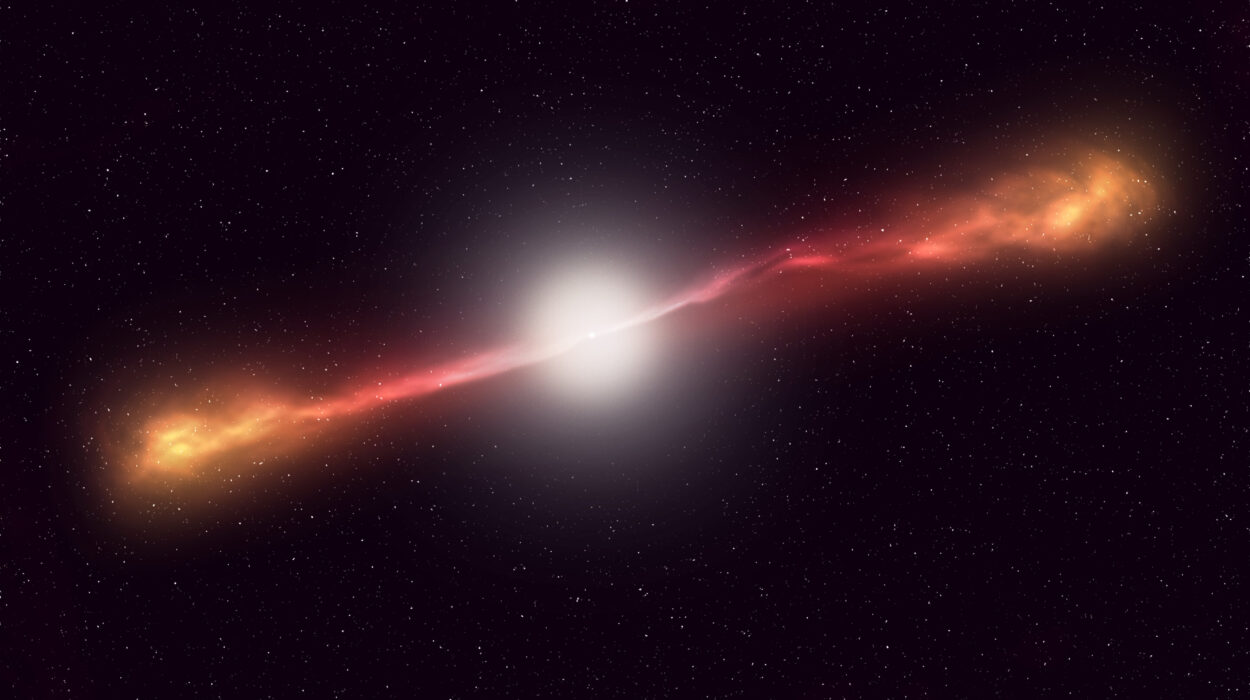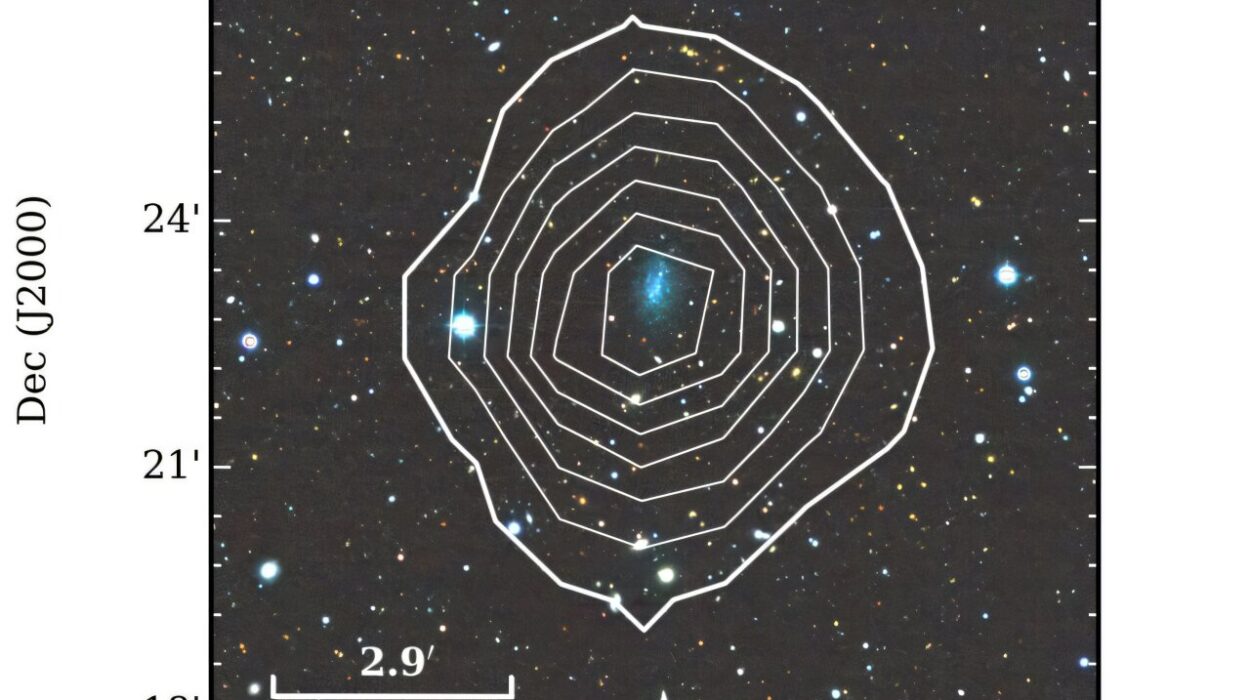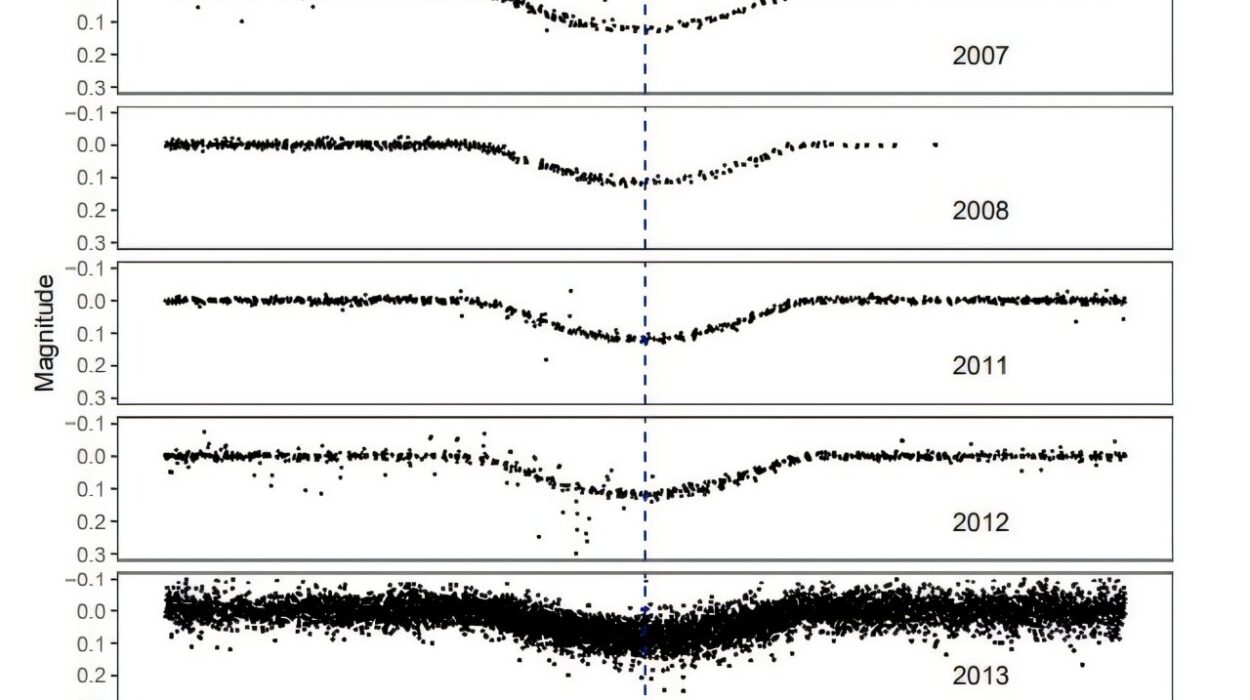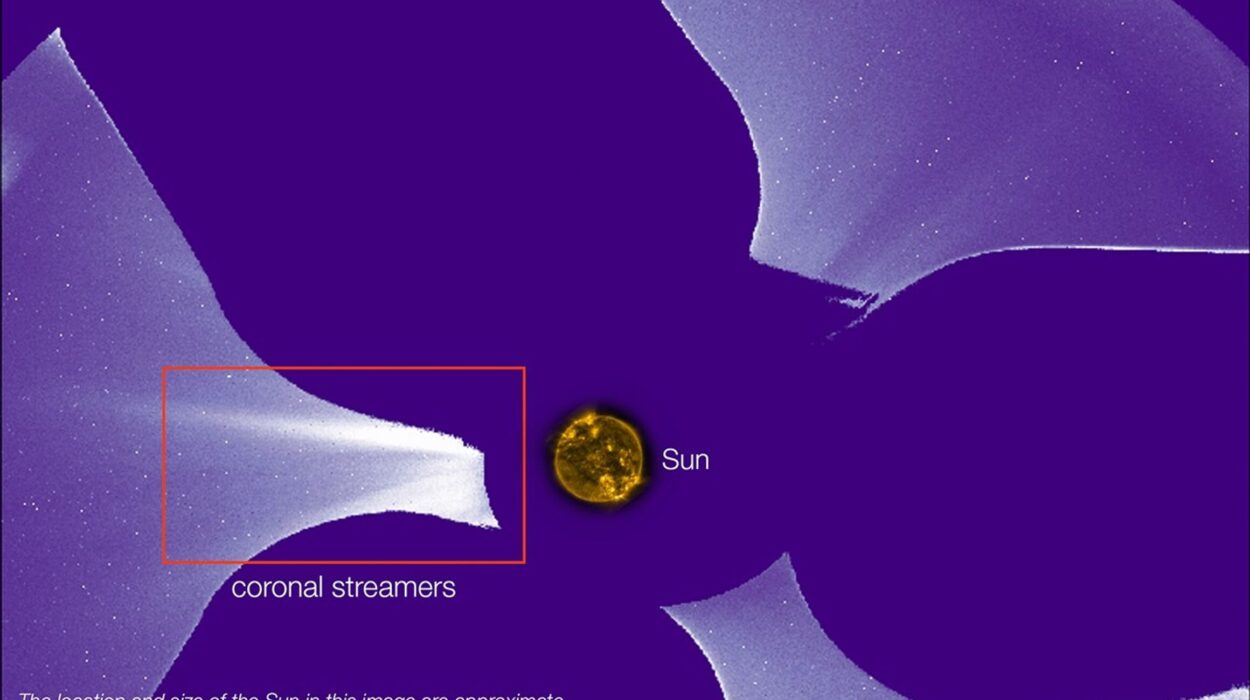High above deserts and oceans, beyond the haze of human interference, the universe hums with signals too faint for the eye but unmistakable to a sensitive radio dish. In South Africa, the MeerKAT radio telescope has been tuned to this quiet cosmic orchestra — and it has just heard something new. An international team of astronomers has detected 30 previously unknown radio transient pulsars, adding fresh voices to one of the most enigmatic classes of celestial objects known.
The discovery, announced in an Oct. 20 preprint on the arXiv server, was made under the MeerTRAP project, an ambitious search for fast radio transients. These signals — brief, sharp radio flashes — are among the fastest astrophysical emissions detectable, and they often come from the remains of massive stars that died in spectacular supernova explosions.
Fast Signals from Dead Stars
Unlike the distant fast radio bursts that originate in galaxies millions or billions of light-years away, the newly discovered signals have a closer and more familiar source: neutron stars. These are dense stellar cores, only about 20 kilometers wide but more massive than the Sun, rotating rapidly and wrapped in magnetic fields trillions of times stronger than Earth’s. Some neutron stars beam out pulses of radio waves as they spin — these are known as pulsars. Others flash less predictably and less frequently, earning the name RRATs, or rotating radio transients.
The fact that most of the new detections fall into the RRAT category is part of what makes the result so compelling. RRATs do not emit constantly; they wink on and off, often eluding standard pulsar surveys. Catching them requires instruments with exquisite sensitivity and rapid real-time processing. MeerKAT, with its wide field of view and powerful computing backbone, excels at exactly this.
Capturing Cosmic Flickers in Real Time
To find the new signals, researchers analyzed single radio pulses detected in two frequency bands, between 544–1,088 MHz and 856–1,712 MHz. These single bursts were flagged in real time, before they vanished back into cosmic silence. For 14 of the sources, astronomers measured their spin periods — the time it takes the neutron star to complete one rotation — and found a wide range: some spin every fraction of a second, while others take over seven seconds.
The team also calculated dispersion measures, a signature of how much interstellar plasma the pulses passed through. These values ranged from 12 to 394.4 pc/cm³, confirming that these sources lie within our own galaxy. For a subset, the astronomers went further, estimating how bright and energetic the radio bursts were. The pulse fluences — a measure of total signal energy — clustered around 0.3–0.7 Jy·ms, hinting that their distribution may follow a lognormal statistical shape.
Strange Behaviors Among the New Pulsars
What makes these discoveries more than a simple catalog update is what some of the pulsars are doing. One source, PSR J1243−0435, showed a finely spaced microstructure in its pulses — like a radio heartbeat subdivided into rapid internal ticks. Two others, including the same source, appeared to exhibit “nulling,” a behavior where a pulsar’s beam suddenly switches off before resuming later. These quirks are windows into the physics of neutron star magnetospheres, where plasma, fields, and rotation interact in ways not yet fully understood.
The newly found objects also have unusually low duty cycles — meaning they emit for only a tiny fraction of each rotation. One possible explanation is that their emission beams are extremely narrow, so Earth only rarely falls inside the sweep of the signal. Alternatively, the geometry of the spin axis and magnetic field may tilt the beam away from us most of the time. Either way, their scarcity in past surveys is no longer a surprise.
A Preview of What’s Coming Next
For the scientists behind MeerTRAP, the discovery of 30 new transient pulsars is not a conclusion but a beginning. If so many rare signals can be found this early in the project, many more likely remain unrecognized in the sky. Pulsars with slower spin periods, less frequent pulses, or exotic emission styles will come into view as data continues to accumulate.
This work is also a preview of the era to come. MeerKAT is a precursor to the Square Kilometre Array — a next-generation observatory expected to transform time-domain astronomy. Every new catalog of pulsars and RRATs expands humanity’s grasp of how neutron stars evolve, how magnetic fields behave at extremes, and how signals propagate through the Milky Way.
Above all, it reminds us that the sky is not silent. Even in the dark, collapsed hearts of dead stars, something continues to speak — in fast bursts, faint whispers, and astonishing regularity — waiting for telescopes like MeerKAT to listen closely enough to hear.
More information: J. Tian et al, Discovery of 30 Galactic radio transient pulsars with MeerTRAP, arXiv (2025). DOI: 10.48550/arxiv.2510.17723






